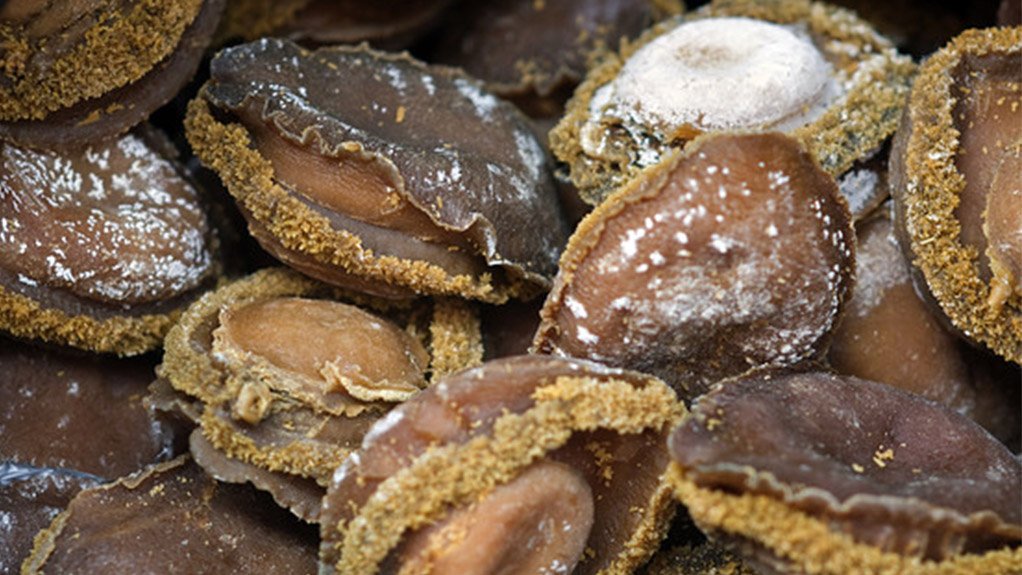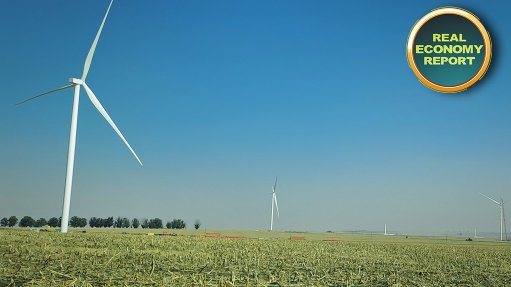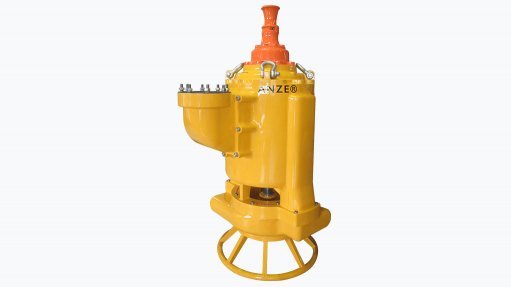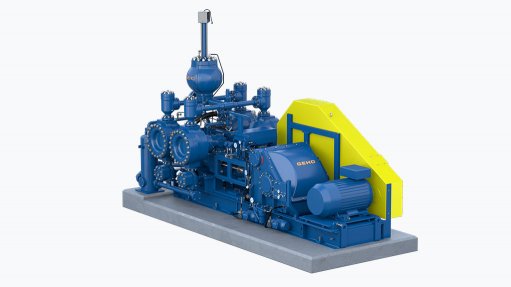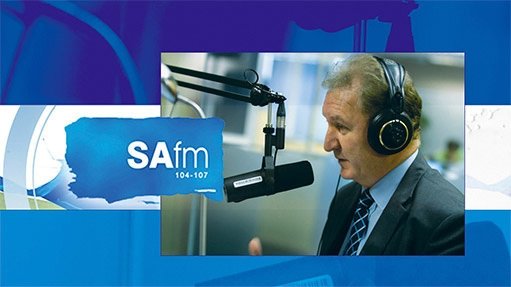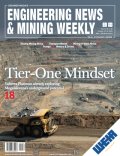CSIR develops satellite tool to sound alert on red tides
Abalone farmers along the South African coastline now have access to an online tool, developed by the Council for Scientific and Industrial Research (CSIR), that allows them to track marine algal blooms that could harm their harvest.
The CSIR’s Dr Marié Smith is the lead expert behind the Fisheries and Aquaculture Decision Support Tool of the National Oceans and Coastal Information Management System (OCIMS).
The new – free – tool interprets ocean colour and temperature data from the Copernicus Sentinel-3 polar-orbiting satellite so that abalone farmers can monitor approaching harmful red tides in near real time.
The work forms part of South Africa’s ocean economy plan aimed at boosting aquaculture jobs.
Smith says the combination of upwelling, followed by calm conditions or marine heatwaves, can cause microscopic algae to proliferate. Abalone can be sensitive to certain species of bloom-forming algae.
Sarah Halse is a research and sustainability manager at Abagold, an aquaculture facility in Walker Bay, Hermanus.
She says harmful algal blooms have different mechanisms. Some cause toxins, with some toxins harmful to certain species, but not to others.
“Some blooms are harmful in that they cause mechanical damage – they might be spikey and stick in fish gills, for instance.”
Red tides such as these are nothing new. An abalone farm’s scientific team will routinely check for signs of harmful algae in incoming seawater.
Now, however, it is possible to use ocean colour maps from satellite data to track algal blooms before they even reach an aquaculture facility.
“The nice thing about satellite information is that it provides you with a much larger spatial scale of information than you could get with simply taking a single sample at the farm at the intake pipe,” says Smith.
At Abagold, the roughly 400 staff tend to about 15-million abalone, which grow in 5 0000 tanks using intake pipes directly from the ocean.
In 2017, millions of abalone in the Walker Bay area were killed as phytoplankton numbers blossomed, producing toxins that caused a harmful red tide throughout nearby bays.
“We had mortalities of about 40% in that year,” says Abagold COO Marius Hugo. “It took years to rebuild the company’s biological stock.”
Using the new tool, abalone farmers will now have the time to take protective measures like closing intake pipes, changing filters, and adjusting feeding schedules to preserve the water quality.
Hugo says Abagold and other nearby aquaculture facilities have been trained to anticipate harmful algal blooms using the OCIMS tool, with ongoing support from Smith and the CSIR.
“The aquaculture industry is a large jobs provider…a lot of the jobs that were dependent on the fisheries and the ocean have transferred to the aquaculture sector.”
Smith believes that satellite data is critical to safeguard these jobs, particularly in the context of the climate crisis where frequent and intense environmental hazards like marine heatwaves could worsen red tides.
Article Enquiry
Email Article
Save Article
To advertise email advertising@creamermedia.co.za or click here
Comments
Press Office
Announcements
What's On
Subscribe to improve your user experience...
Option 1 (equivalent of R125 a month):
Receive a weekly copy of Creamer Media's Engineering News & Mining Weekly magazine
(print copy for those in South Africa and e-magazine for those outside of South Africa)
Receive daily email newsletters
Access to full search results
Access archive of magazine back copies
Access to Projects in Progress
Access to ONE Research Report of your choice in PDF format
Option 2 (equivalent of R375 a month):
All benefits from Option 1
PLUS
Access to Creamer Media's Research Channel Africa for ALL Research Reports, in PDF format, on various industrial and mining sectors
including Electricity; Water; Energy Transition; Hydrogen; Roads, Rail and Ports; Coal; Gold; Platinum; Battery Metals; etc.
Already a subscriber?
Forgotten your password?
Receive weekly copy of Creamer Media's Engineering News & Mining Weekly magazine (print copy for those in South Africa and e-magazine for those outside of South Africa)
➕
Recieve daily email newsletters
➕
Access to full search results
➕
Access archive of magazine back copies
➕
Access to Projects in Progress
➕
Access to ONE Research Report of your choice in PDF format
RESEARCH CHANNEL AFRICA
R4500 (equivalent of R375 a month)
SUBSCRIBEAll benefits from Option 1
➕
Access to Creamer Media's Research Channel Africa for ALL Research Reports on various industrial and mining sectors, in PDF format, including on:
Electricity
➕
Water
➕
Energy Transition
➕
Hydrogen
➕
Roads, Rail and Ports
➕
Coal
➕
Gold
➕
Platinum
➕
Battery Metals
➕
etc.
Receive all benefits from Option 1 or Option 2 delivered to numerous people at your company
➕
Multiple User names and Passwords for simultaneous log-ins
➕
Intranet integration access to all in your organisation



